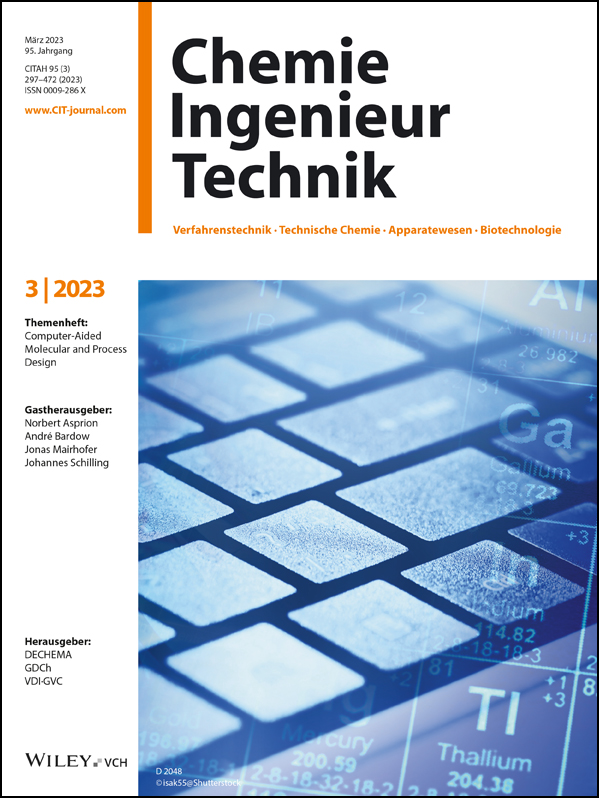Computer-Aided Design of Crosslinked Polymer Membrane Using Machine Learning and Molecular Dynamics
Abstract
The formation of crosslinking network between polymer chains has significant influence on polymer properties. In particular, the crosslinked structure of ionic networks like proton exchange membrane affects the conductivity performance. To further develop in this area, a framework for polymer membrane design based on the developed quantitative prediction model of the properties of crosslinked polymer is proposed. First, polymers with different crosslinking degrees are constructed by a crosslinking algorithm. Next, molecular dynamics is used to calculate the properties of crosslinked polymers. Then, the quantitative relationship between crosslinked polymer structures and macroscopical properties is developed. Subsequently, computer-aided polymer design method is integrated with the developed quantitative predict model. The crosslinked polymer design problem is expressed as an optimization problem to obtain the optimal crosslinking degree. Bayesian optimization strategy is used to solve the established optimization model. Finally, two case studies of perfluoro sulfonic acid and perfluoro imide acid design are given to illustrate the application of the proposed polymer design framework.




